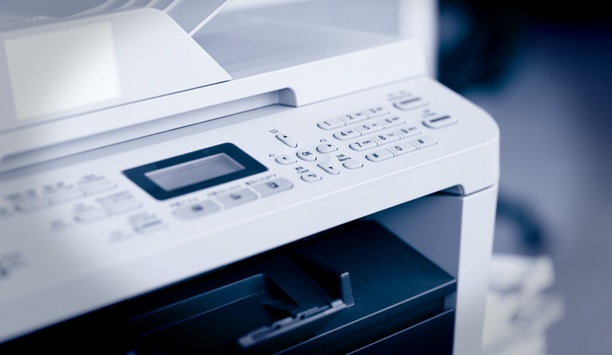Ashish Malpani

Ashish Malpani
Director, Product Marketing, HIDAshish Malpani is a director of product marketing at HID Global. His responsibilities include driving the product strategy and sales competency while overseeing the marketing activities for HID embedded solutions. Prior to joining HID Global, Ashish managed product management activities for campus networking portfolio of Dell-EMC where he led the transformation of campus networking portfolio. He also previously held marketing and product leadership roles at information security and systems management companies including Gemalto, TippingPoint (Tremd Micro) and ValiCert (Axway).
News mentions
A recent study conducted by IFSEC Global reveals how trusted identities can serve as the backbone for smart buildings and today’s connected workforce. Sponsored by HID Global, the access control...
Colleges and universities have been targeted in the last several weeks with a series of bomb threats received via campus printers and fax machines. Targeted institutions included Vanderbilt University...





































